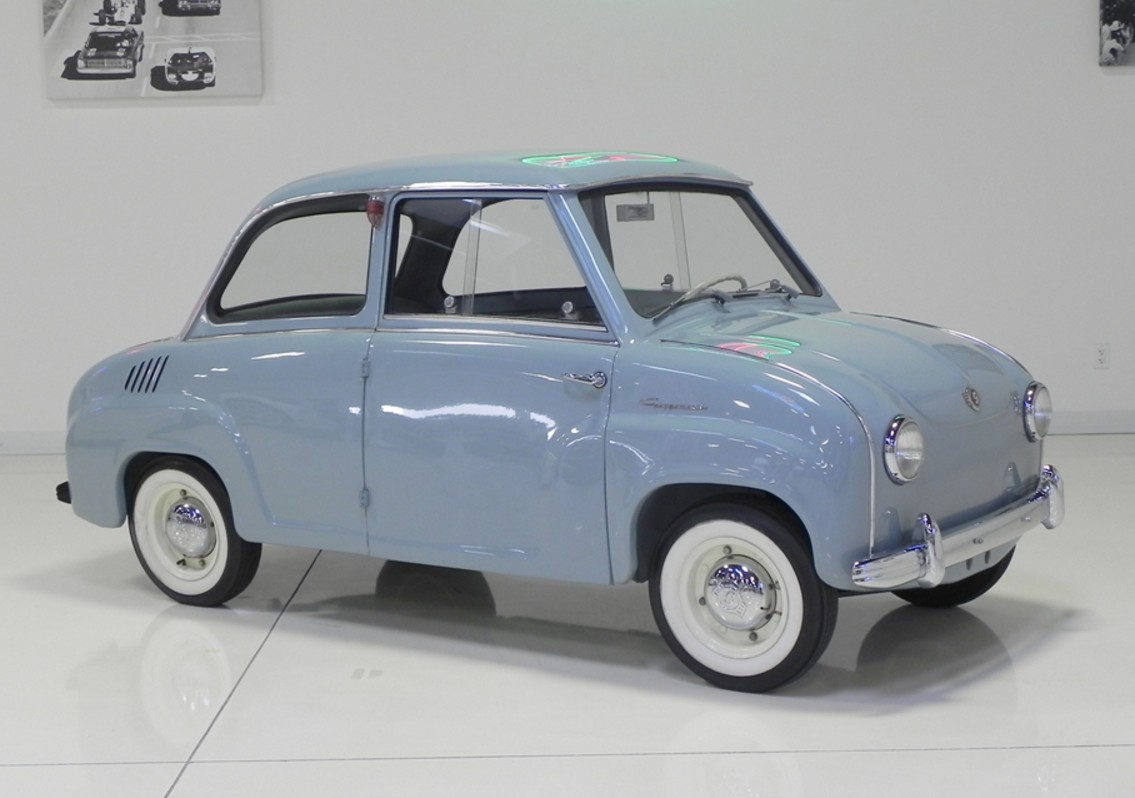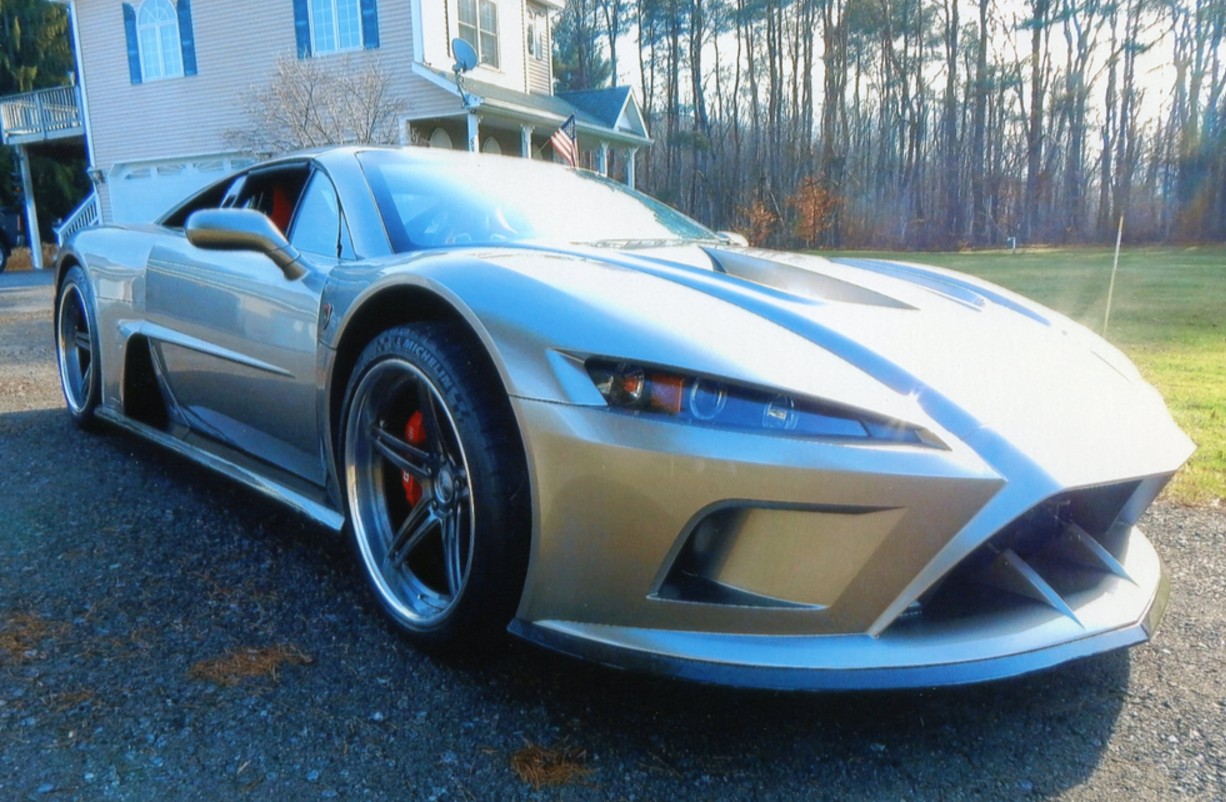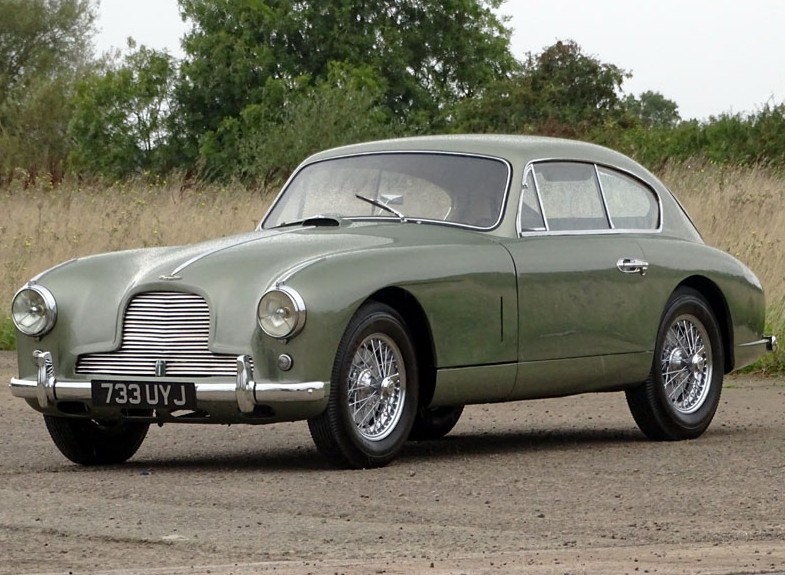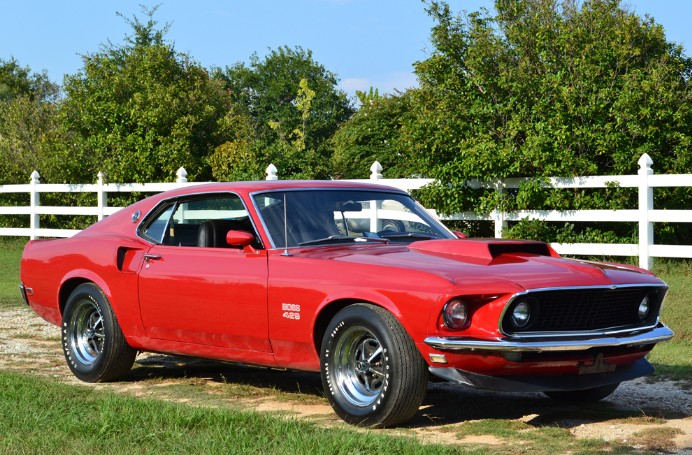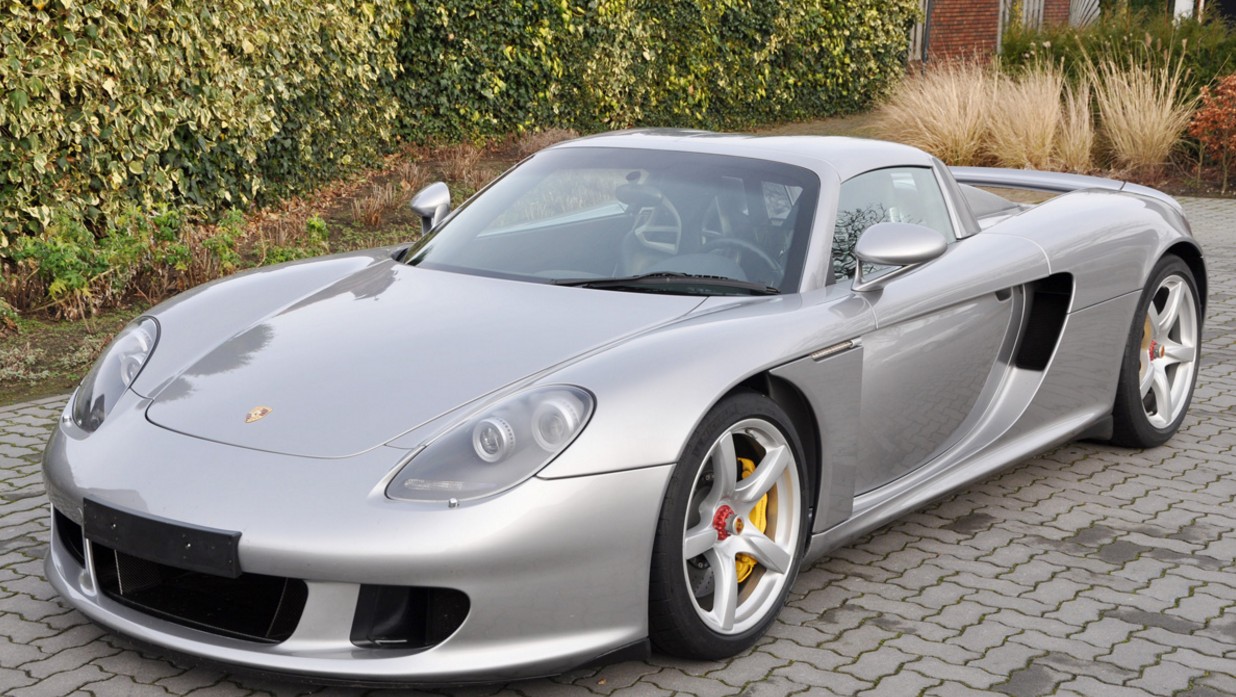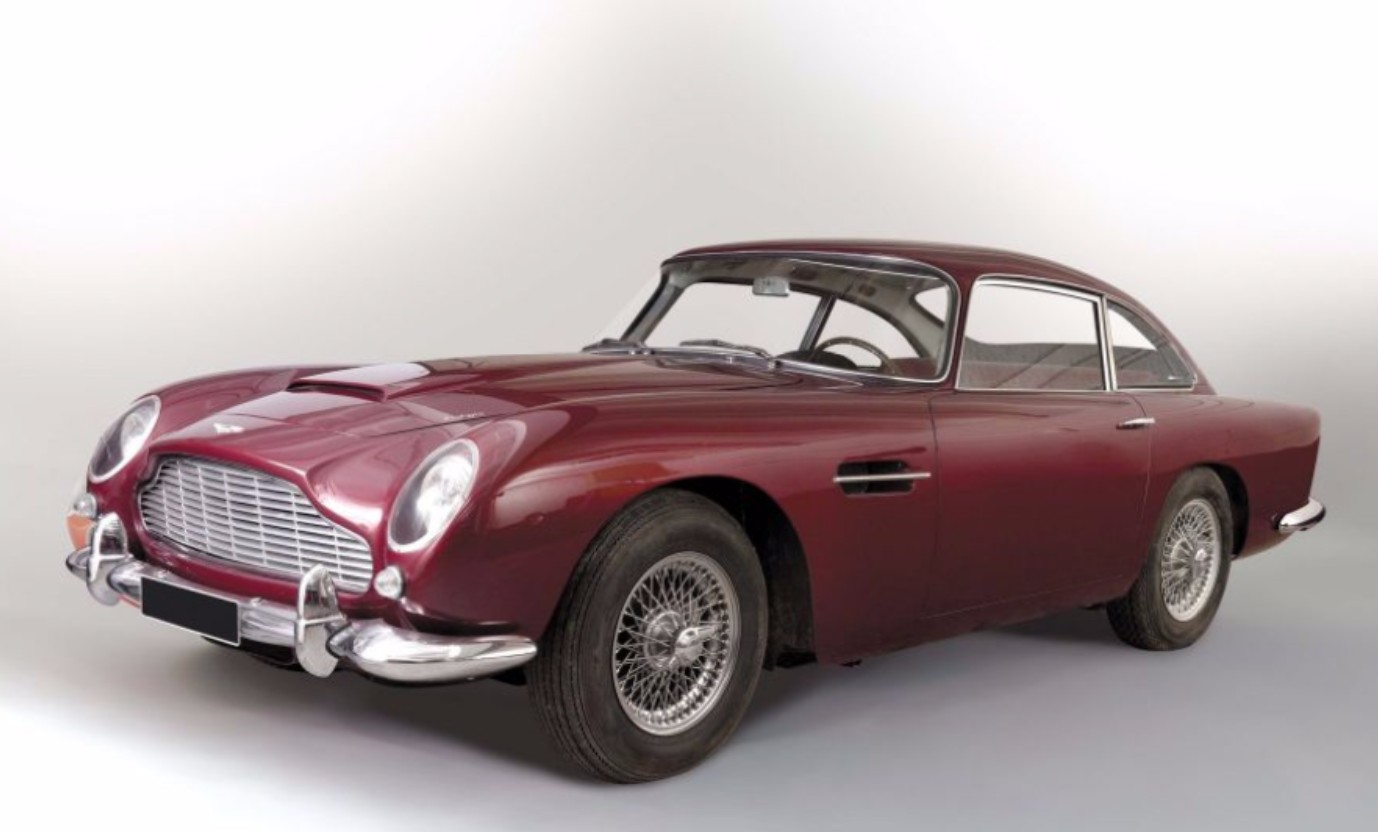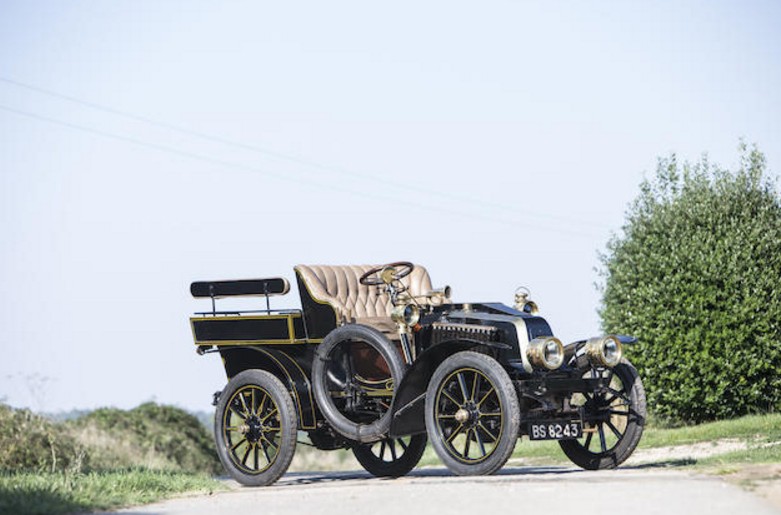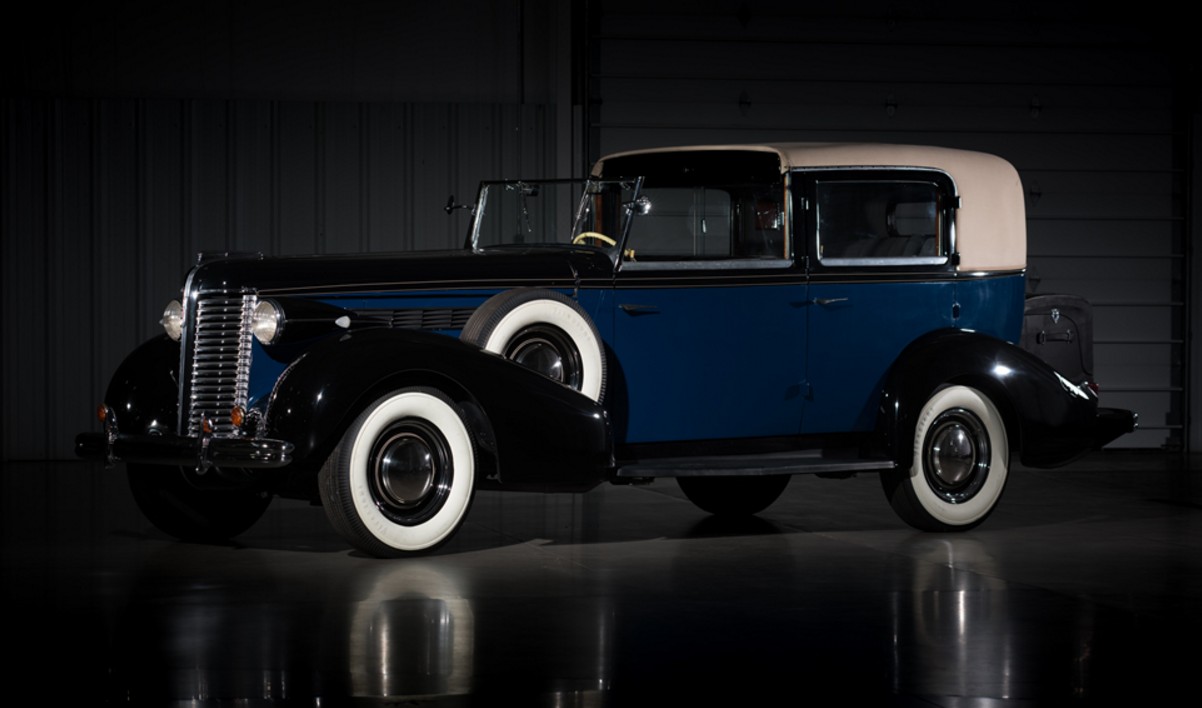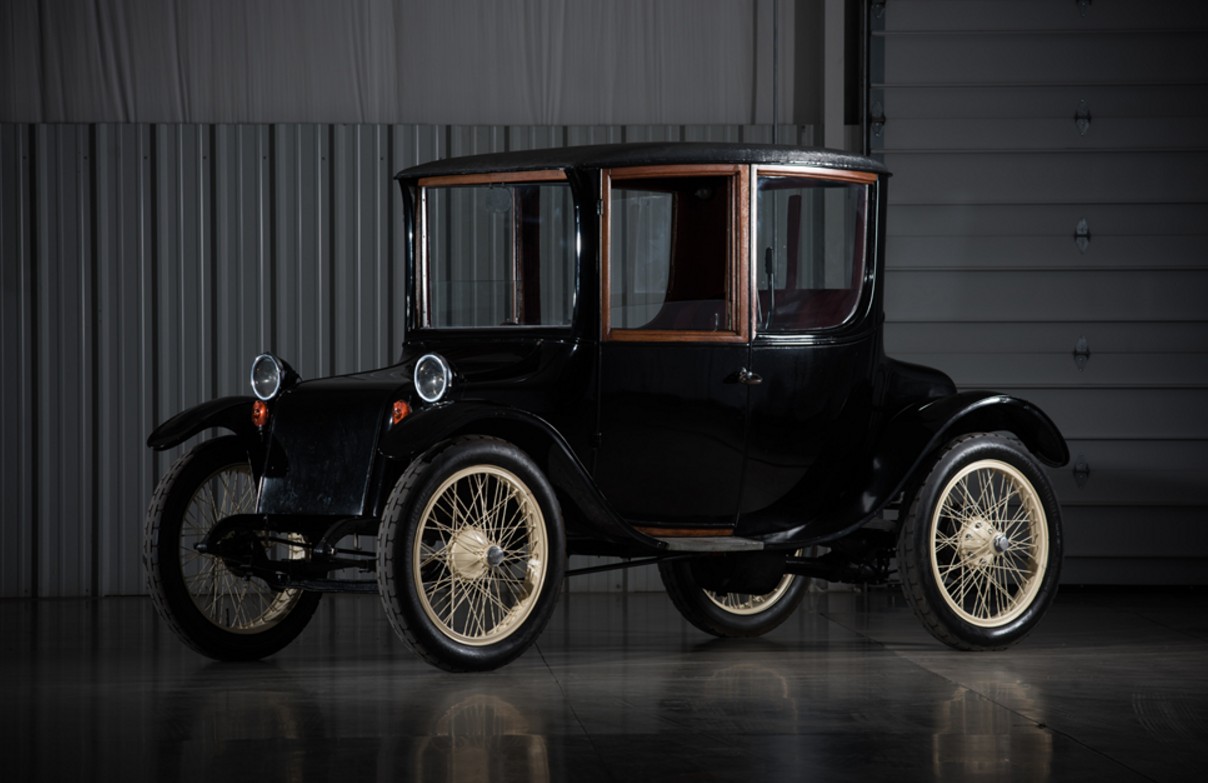2007 Callaway C16
Offered by Barrett-Jackson | Scottsdale, Arizona | January 14-22, 2017
Callaway Cars Inc. of Connecticut has been modifying Corvettes since the 1970s. Most cars carrying the Callaway name are Corvettes or (mostly) other GM products that have been extensively modded to put out as much tire smoke-inducing power as possible.
But Callaway built a few cars that are more than just engine modifications. But only a few: namely the Callaway C7, C12, and this, the C16. This C16 was built in 2007 and is car #3, which was the first cabriolet built (there were also coupes and windshield-less Speedster models offered). The C16 was built in limited numbers between 2005 and 2013.
The C16 is based on the C6 Corvette, and this car is technically titled as a 2005 Chevrolet Corvette. The engine is a supercharged 6.0-liter V-8 making 616 horsepower. It’s a nice car with a cool, Corvette-like appearance even if most people won’t know what it really is. They rarely come up for sale and you can buy this one later this month in Scottsdale. Click here for more info and here for more from this sale.
Update: Sold $115,500.


